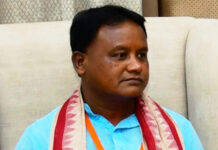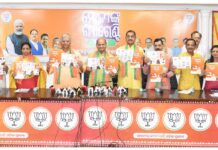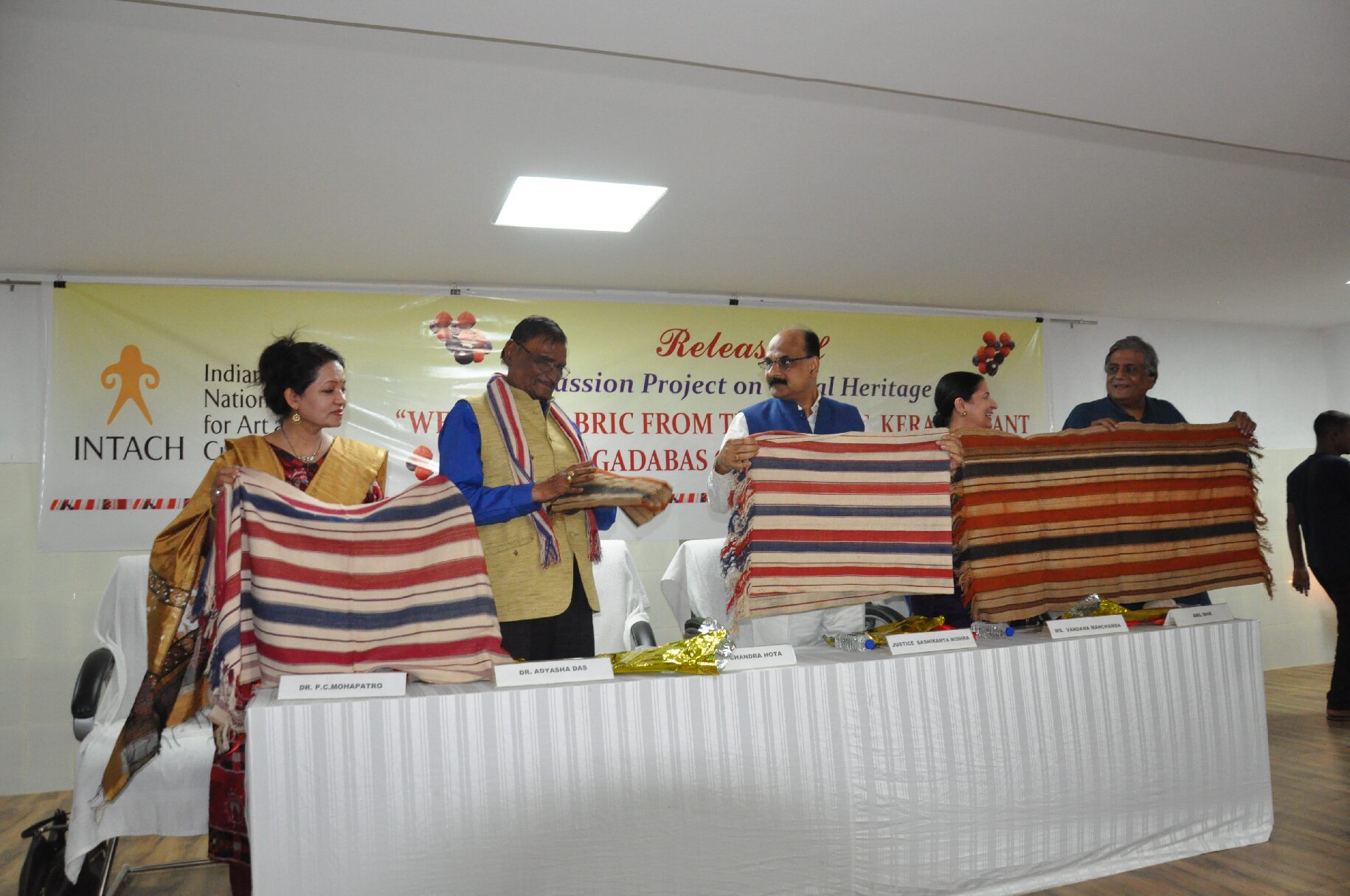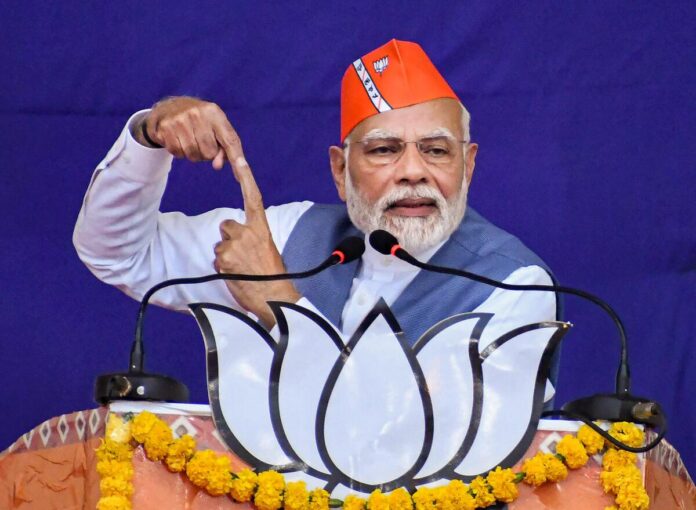The overwhelming opinion is that Modi has transformed both India and the party he leads. Today’s BJP is a far cry from the party it was in 1984, bereft of technology and lacking funds.
Thanks to Prime Minister Narendra Modi’s dynamic leadership Bharatiya Janata Party (BJP), which leads the National Democratic Alliance (NDA) government in Delhi, has emerged as the largest and the strongest political party in the world. The party, which could win just two seats in the Lok Sabha in 1984, has won three back to back elections under Modi’s leadership, two of them with a majority on its own in the Lok Sabha. Modi has become the first non-Congress leader to become the Prime Minister of the country thrice in a row.
Today Modi and BJP dominate the country’s political landscape. Such is the popularity of the Prime Minister that the opposition is at its wit’s end trying to find an effective way of countering him. Modi is currently the world’s most popular elected leader with an extremely high approval rate among the electorate. He is seen as a strong leader who can make decisions, and who engages in nationalistic rhetoric that makes every Indian proud of his country. The overwhelming opinion is that Modi has transformed both India and the party he leads. Today’s BJP is a far cry from the party it was in 1984, bereft of technology and lacking funds.
The modern BJP relies heavily on technology and has enough funds to launch a social media campaign to generate public opinion in its favour in the elections. The party sticks to its time-tested ideology of nationalistic Hindutva but is tech-savvy and makes the best possible use of technology-driven social media platforms. India, too, has changed under Modi with infrastructure improving dramatically.
Under the present BJP-led government, more than half the population of the country is connected to the internet while the size of the national highway network has doubled. India has also built a network of semi-high-speed trains, the Vande Bharata Express.
Most importantly, the government has focused on improving local infrastructure in ways that directly impact individuals and families. Rather than letting private companies fill in the gap, the government has launched various programs to improve access to basic facilities such as toilets and tap water. Under the Har Ghar Jal scheme, the number of rural households with tap water jumped from around 16 percent to 72 percent between 2019 and 2022.
Similarly, during this government’s tenure over 110 million toilets have been built, and the percentage of Indians practicing open defecation has gone down from 50 percent to around 15 percent. India suffered from major security crises throughout the 1980s and 1990s: the Khalistan movement in Punjab, the insurgency in Jammu and Kashmir, ethnic strife in India’s Northeast, and the Maoist insurgency throughout central India’s “Red Corridor.” Some of these problems still persist although on a far reduced scale. Any other regime would have found these challenges hard to tackle and might have succumbed to the pressure of forces who want the country Balkanized. But BJP, committed as it is to keeping India, has kept the divisive forces at bay with Modi leading the drive against them from the front.
The BJP is perceived to have greatly weakened militancy in Jammu and Kashmir by abolishing the erstwhile state’s autonomy by revoking Article 370 of the constitution. Critics of the Modi government often cite the revoking of Article 370 as one of its more questionable decisions, but the move was extremely popular in the country. Over half of voters surveyed in 2021 approved of the decision, primarily because it seems to have brought a sense of normalcy to Kashmir after many years of insurgency and economic stagnancy. A self-made leader Modi fits the description of men who make their own history.








































